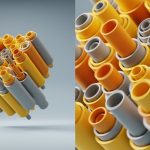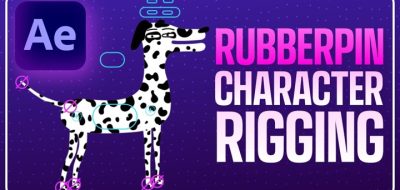KeenTools shows how cameras and lenses affect the tracking pipeline when working with GeoTracker.
A recent addition of Adobe After Effects opened the door for clever third-party tools like KeenTools GeoTracker. Ae can import 3D objects directly and natively, making many workflows much more manageable.
This new tutorial from KeenTools introduces the aspects of cameras when working with GeoTracker. Different kinds of lenses and learn the correct way to use the camera in your tracking pipeline.
GeoTracker for AE offers:
- The ability to load custom 3D models and track them easily
- Four built-in 3D primitives: cube, cylinder, plane, and sphere
- You can export tracked objects as 3D and 2D Null layers, linked to other layers, or passed through to Element 3D, Cinema 4D, particle generators, etc.
- GeoTracker can estimate the camera focal length in case the camera filming the footage is unknown.
- Most times, the plug-in handles reflections and occlusions without you even noticing it. For complex cases, it supports 2D masks that exclude problematic areas from tracking.
Download the open beta for GeoTracker in After Effects here.





